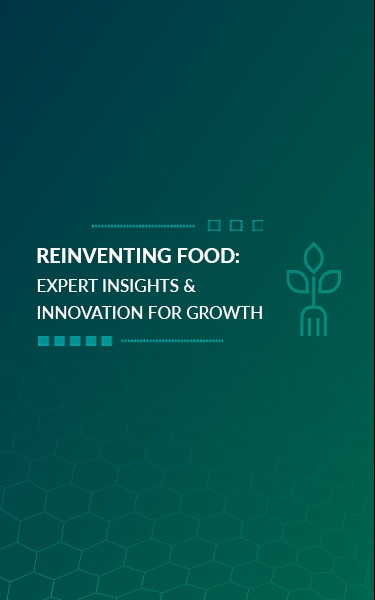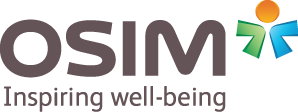AI Smart Spectacles - Cognitive and Emotional Analysis for Mental Health Management
The AI-Enhanced Smart Spectacles integrate camera-based eye tracking, photoplethysmography (PPG) sensors, and electroencephalography (EEG) sensors into a lightweight and comfortable spectacle frame. This multi-modal data collection system enables real-time monitoring of eye movement, brain activity, and heart rate, offering deep insights into a user's cognitive state, stress levels, and overall neurological health.
Using AI-driven analytics, the system can detect early signs of stress-related vision problems, cognitive fatigue, and mental health disorders, providing preventive interventions before symptoms manifest. A key focus is helping teenagers avoid vision fatigue and prevent anxiety and depression by offering early detection and proactive recommendations.
In addition, it offers a multi-model approach with a health assessment machine, a stationary diagnostic unit designed for in-depth cognitive and emotional health evaluations. This machine leverages AI-driven analytics to integrate facial expression recognition, pulse waveform analysis, eye movement tracking, and neural activity assessment, offering high-precision mental and neurological health diagnostics. It serves as an advanced assessment tool in clinics, schools, and corporate wellness programs, allowing detailed stress profiling and personalized intervention recommendations.
This non-invasive, wearable AI solution is designed for healthcare, education, and corporate wellness applications, ensuring continuous well-being monitoring for users in their daily lives. The technology owner is looking for potential licensing and use-case collaborations in Singapore.










.jpg)







